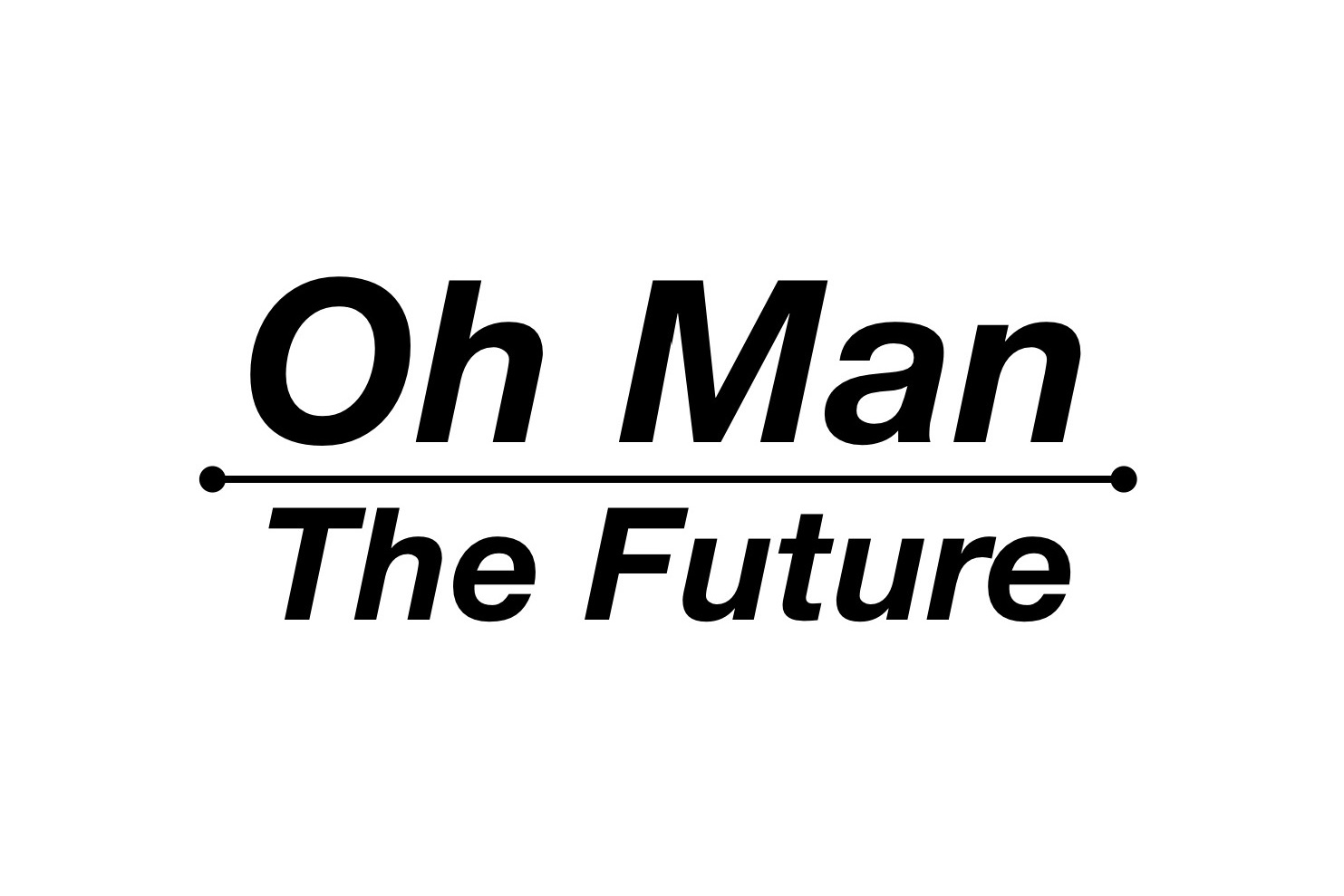Recommended backing music: Oh Man the Future by De Lux
It’s a tranquil post King’s Day morning in Amsterdam. I’m canal-side under an elusive sun ordering a virtuous Blood Berry (beetroot + apple + ginger juice). I’m reflecting on why “The Future” is before my eyes, in my ears and on my mind, everywhere I go these days.
I’ve just left a great exhibited titled Futures Past & Present at the Huis Marseille photography museum. Four women over four decades with four perspectives on post industrial societal change. As my radically red juice lands I pick up a well thumbed copy of Soffa magazine, issue theme: The Future. In my bag is the revamped Scenarios by the Copenhagen Institute for Futures Studies. Meanwhile Instagram is lighting up with first reviews of the Stanley Kubrick exhibit at the London Design Museum on... his vintage view of... “The Future”.
Innovation is of course always about new, ergo the future. Though rarely is Future itself the topic, it’s more problems, needs and outcomes. However, is the resurgence of futurism revealing weak signals we are in the middle of a generational shift in how we think about the future? More importantly, what is behind our desire societally to think about it at all?
Over my life the view of the future has been dominated by “the startup”. The West Coast dogma where “new is always better”. A view increasingly coming into question as we find “move fast and break things” breaks a lot of things quite fast.
In economics we call the unintended consequence a firm doesn’t pay for externalities. Some view this resurgence in futures thinking, models and mindset a signal for people and organizations to better envision what their futures might be AND how to widen the picture of their externalities. As well a cry for help from people wrestling the cognitive overload and anxiety at work. A very real struggle where smart people work hard on things they know can’t last forever or that don’t solve the meaningful problems of our time.
However we envision futures we aren’t predicting. We’re creating a transitional space. To invite and include many perspectives to collectively reframe, reform and rebirth how we do things like banking, transport, finance or anything else. It’s unsettling and hard but with a picture of possible futures in hand we have a space to create better futures.
“Where might imagining a different future help your teams and organisation address today’s challenges?”
Trial & Error
Connecting Dots is about making the complex simple and multi-disciplinary learning to help leaders innovate for the digital era. It’s an experiment, thanks for being part of the journey, feedback welcome.
Hungry for more?
HBR on 10x thinking and When Your Moonshots Don’t Take Off
Seeing Into the Future interview of futurist Nik Badminton (friend of Connecting Dots)
Briefing I recently wrote on The Innovation Leadership Crisis
Movements
I’m back in Fontainebleau this week at INSEAD. Then returning to London life serving as President of the McKinsey Case for Her brief on the D&AD New Blood black pencil jury. Say hi for ☕️
To a better today and tomorrow,
Brett
PS. If you like this newsletter please forward to a friend so we can grow the community. Original post and subscription at Connecting Dots.


